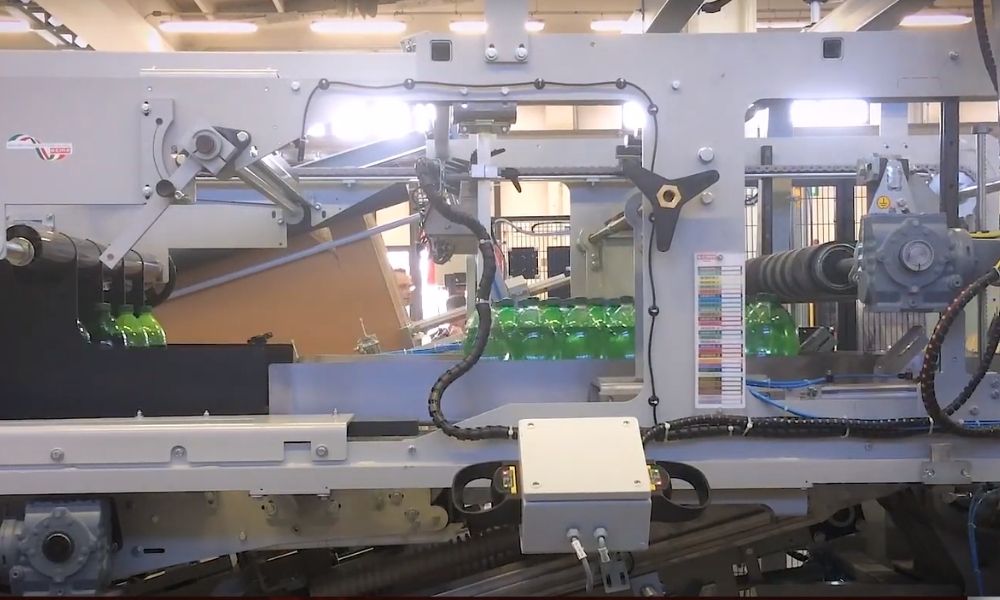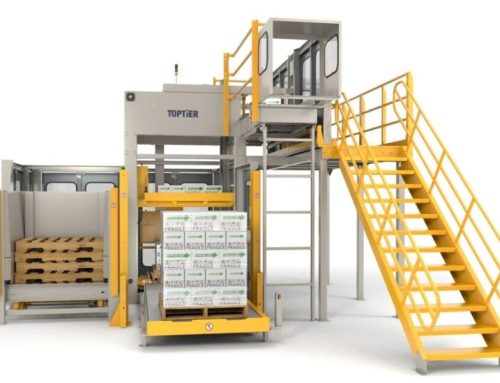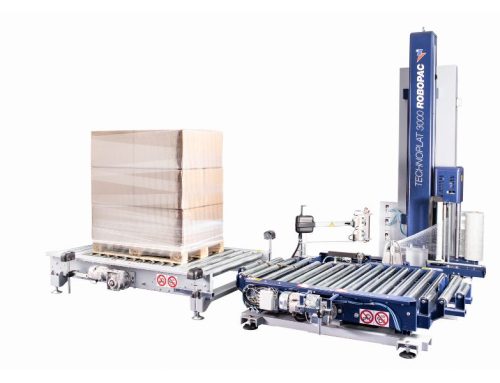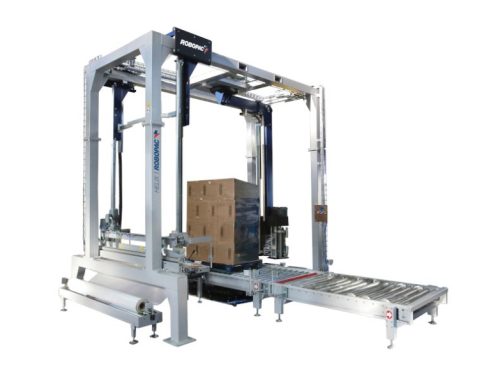Companies strive to achieve a perfectly shrink-wrapped product every single time. This is an attainable goal, yet many facilities struggle to reach it. Shrink-wrapping is an efficient process that helps protect products, lower the cost of transportation, and reduce the amount of secondary packaging a product needs. It can also be unsightly if done incorrectly or not executed perfectly. Discover the main issues that prevent perfectly shrink-wrapped packages.
The Heat Is Not High Enough
When the heat of a shrink-wrapping machine or shrink-wrapping gun is not working or doesn’t reach the proper temperature, it can create a slew of issues. Check to see if your machine is reaching the right temperature if your packages are experiencing any of the following common, visible issues.
- Dog ears
- Fish eyes
- Crow’s feet
These issues cause unattractive appearances on your products. Many times, you can address these issues quickly without slowing down the operation for too long—you should always avoid downtime when possible.
The Film Width Is Too Large
Sometimes, the issue isn’t with the machine at all, but with the film instead. The shrink film size that you use can considerably affect the way the wrapping lays on the product and shrinks. The point of applying shrink film is to do so in a way that it will shrink evenly onto the product or package to protect it. When the film width is too large, it can prevent the film from shrinking evenly and wholly across the entirety of the item. This can lead to the following issues.
- Dog ears
- Crow’s Feet
Making the switch to a shrink film with a smaller width is a quick and simple fix. Be sure to address these issues right away to avoid improperly wrapped packages.
You’re Using the Wrong Film Type
One of the most prominent issues in the shrink-wrapping field occurs when companies use the wrong type of shrink film on their products and packages. This creates one of the largest problems that can happen as a result of poor shrink-wrapping methods: ballooning.
Ballooning occurs when bubbles of air balloon out from packages that are already shrink-wrapped.
Prevent this from happening by using perforated shrink film. The tiny, unnoticeable holes in the stretch film allow excess air to escape without compromising the integrity of your packaging. There are many other common issues that may cause a package to be shrink-wrapped imperfectly. These are a few of the most common and fixable types. If you address all these issues and still experience difficulties, contact your machine’s manufacturer for a maintenance checkup, or contact Robopac USA for an automatic shrink wrap machine that works for your operation.







